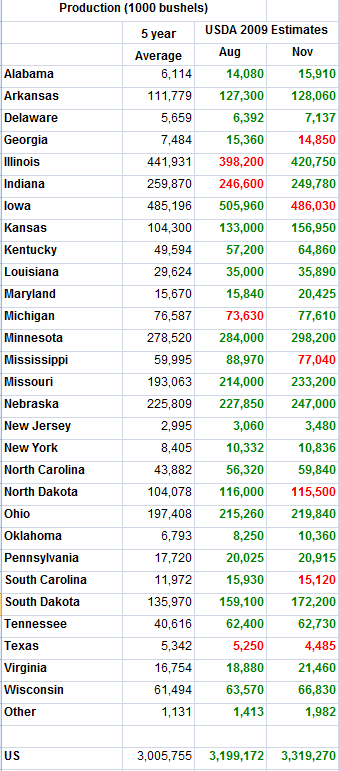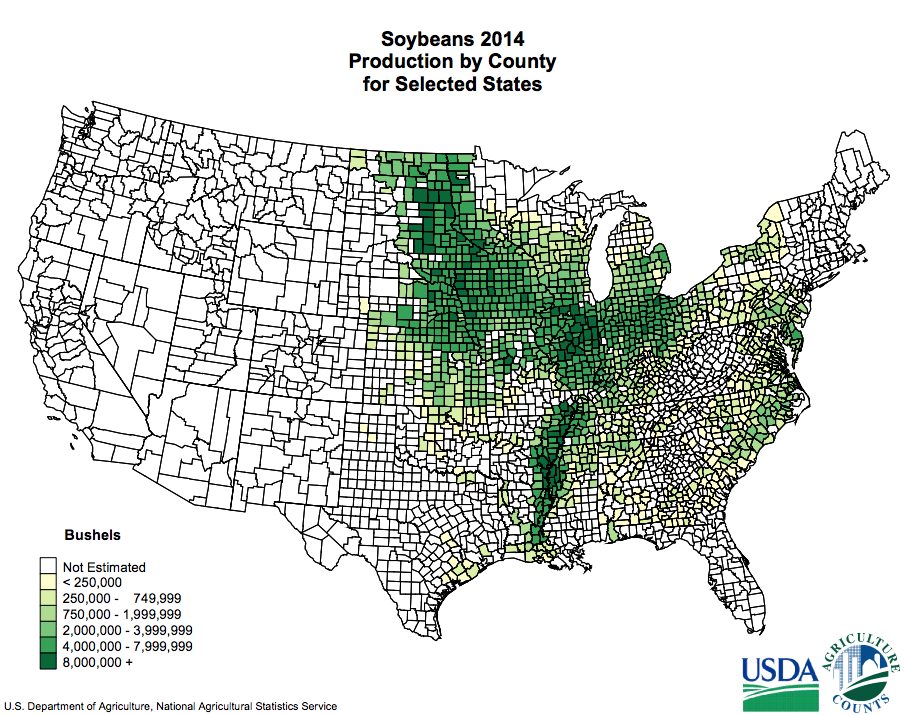


With more and more rainforest being lost, the hope of keeping global warming at manageable levels is becoming less likely. In addition to deforestation in Brazil, the phenomenon of land clearing for the soy crop and cattle ranching cycle is also occurring in other neighbouring countries, including northern Bolivia, Argentina and Paraguay. Soy replaces existing cattle pasture, which stimulates the need for more forest clearing for cattle grazing, promoting further Amazon deforestation. There is a soy-cattle-pasture-deforestation cycle going on. Chart Source: STATISTA as shown on Forbes. But these “fire days” pushing deeper into the Amazon basin are also the result of massive soybean cultivation, most of which is used for livestock feed in South America and around the world, which in turn is feeding the global appetite for low-quality, inexpensive meat. Avoiding Brazilian meat imports ( especially in Hong Kong, which along with China is the largest market for Amazon beef) or adopting a plant-based diet are absolutely proactive steps that do make a difference. But what’s being talked about less is soy’s role in the crisis.īrazil is home to around 200 million cattle and is the largest beef exporter in the world. Much of this is a leading cause of wildfires, as South American farmers start wildfires to clear forests for cattle grazing, a result of boundless global demand for beef. Department of Agriculture has projected a 123 million ton harvest in Brazil for this year alone. This area is set to expand as demand for soy continues to increase – the U.S.

What’s certain is that the growth in both the soy and beef industries have come at the expense of the Amazon rainforest.Īs of 2019, Brazil is the world’s largest soy producer, with at least 24 million hectares of land devoted to cultivating soy crops, most of which are from GMO seeds.


 0 kommentar(er)
0 kommentar(er)
